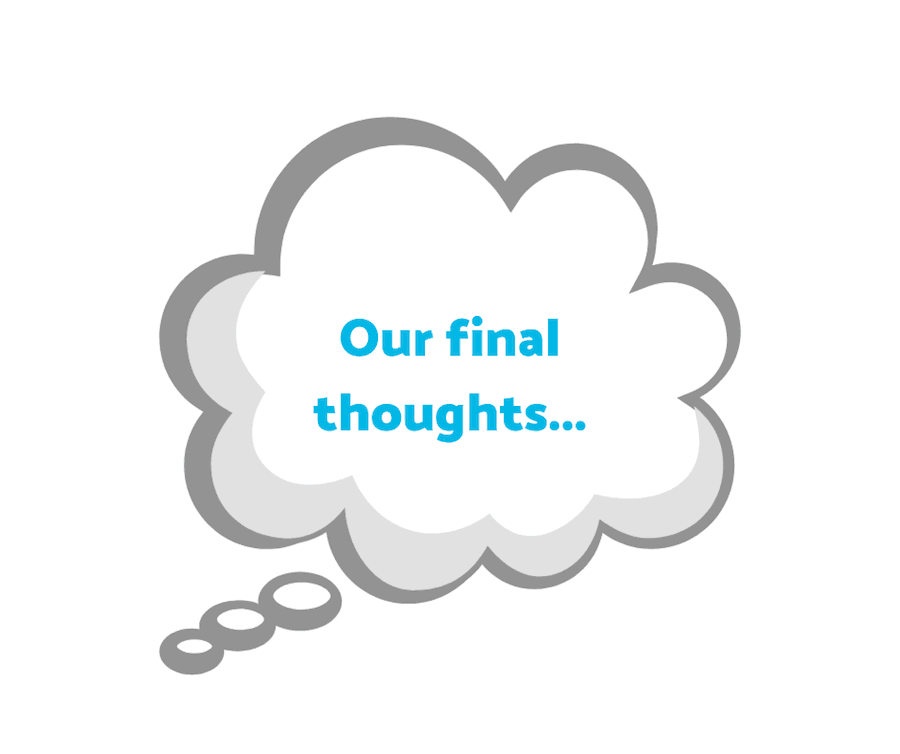Thoughts On LinkedIn & Facebook ‘Reactions’ – Who Did It Best?
As a Digital Marketer, I spend a lot of time on the big wide web looking at social media platforms, every day. While a lot does seem to be changing, in the same breath I can also say a lot is becoming the same. As soon as a trend pops up, it seems to appear across multiple platforms.
It seems whatever platform you land on, they are becoming more and more alike and that has only continued with LinkedIn recently rolling out their ‘Reactions’ which seem to be following the trend that Facebook set way back in early 2016.

The reactions themselves are made up of 5 options – ‘Celebrate, ‘Love’, ‘Insightful’ and ‘Curious’ and of course the standard thumbs-up ‘Like’.
“One of the things we regularly hear from all of you is that you want more expressive ways than a “Like” to respond to the various posts you see in your feed. At the same time, you’ve also told us that when you post on LinkedIn, you want more ways to feel heard and understand why someone liked what you said.”
Straight from LinkedIn
They have provided a full explanation of how they came up with the final designs and their meanings, based on the comments seen most on the platform. Generally, we don’t see LinkedIn jump on trends too soon, but following the past 3 years and gaging the popularity of the Reactions on Facebook it seemed a reasonably safe bet that implementing the Reactions on LinkedIn would go down well with its users.
LinkedIn is somewhat a professional Facebook, the general design and use is very similar, with the clear difference being the recruiter tools and the employment aspect for working professionals. Therefore, it really is no surprise that they would get involved with this feature which has done well on Facebook.
But it doesn’t stop there..
Interestingly (but perhaps unsurprisingly), following the launch of Reactions on LinkedIn at the beginning of April, we have now seen Facebook roll out a new design for THEIR Reactions.
You can see that Facebook has kept the original options the same but opted for 3D animated designs for the Reactions icons.

This is an interesting move, which perhaps will make no difference, but it is certainly worth being aware if you’re an avid Facebook user as you’ll probably notice the new reactions soon, if they haven’t already shown themselves!
Some might argue that this update of the icon design is to generate some press, following LinkedIn launching their Reactions, while others may just say it’s part of an update. Either way, this still doesn’t include the ‘Dislike’ Reaction which Facebook is so sorely missing!
Something interesting…
What you may not know about the Facebook reactions is how heavily they weigh in on Facebook’s algorithm when it comes to what posts you see.
Reactions have more of an impact on what you see more than the simple ‘like’. However, Facebook cannot differentiate between the different Reactions, so if you use the ‘Angry’ Reaction, you’ll actually be more likely to seem similar content in the future as Facebook will view this as you engaging with the post.

I ran a vote around our office to find out which Reactions we prefer and the result was unexpected, with LinkedIn being the preferred set of Reactions, compared to Facebook.
When LinkedIn’s Reactions first launched there was some scepticism about whether they were necessary or how well they would do. Over the past couple of weeks it is safe to say they have grown on us!
One of the key reasons, is certainly not for the basic cartoon icons, but for the meaning behind each one. These Reactions reflect much more common, well, Reactions to posts that we see regularly and make more sense. Such as the ‘Celebrate’ Reaction, which is perfect for new job announcements, pregnancy announcements, well actually any announcement! Whereas, Facebook can feel a little confusing, especially the ‘Angry’ Reaction: “Are you signifying that you are angry with the post, angry with the person or angry FOR them?” – Robert Taylor, Marketing Manager.
Of course, we must take into account the intent of each platform and therefore the intent behind the posts and Reactions on each one. LinkedIn has always been more focussed on those in professional environments who do generally have interactions based around celebrating milestones or showing interest on a trending topic or story, in real life and on social media.
Which when compared directly to Facebook there is a clear distinction in purpose, where Facebook carries more lighthearted content, with a higher focus on humour. Therefore, Facebooks Reactions DO make sense looking at the whole picture.
That being said, the general consensus is that the new 3D design is not floating our boats, it’s too cartoon/garish and reminds me of an old school MSN style. Although, I’ve ended up writing a whole article about it, so maybe it’s some clever marketing? I’ll let you decide that.
Whereas on LinkedIn, at first glance the design is very basic cartoons, which didn’t seem entirely fitting with the overall feel of LinkedIn, however, upon reading more and more into the (fairly lengthy) decision and design process, it’s clear how they came to this conclusion and I’m intrigued to see the data in the coming months and years of the engagement with this new feature.
Are you loving it, do you find it insightful, does it just make you say wow or are you celebrating? Let us know your thoughts on either of these Reactions.
